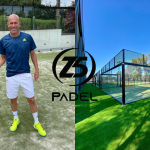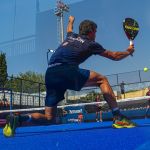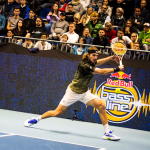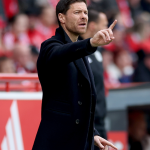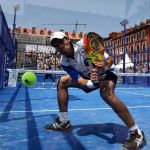
Brief history of padel
But no panic: you can call it paddle
November 16th, 2020
Since about 2015, the social content of VIPs and influencers has started to introduce us to this strange sport: the padel. As a physical activity, more or less, it can be said to be related to tennis - and in part it is - but as apparently similar as it is a sport with rules, structures and a narrative all its own. In Italy the padel has overcome the stereotype of the "vip sport" and is practiced by more and more people: in September, in Sardinia, there was the first Italian stage of the World Padel Tour, which despite the due distancing was recorded the sold out. The padel in Italy reached a +200% of practitioners in the post-lockdown period and the popularity has grown thanks to word of mouth and social media, in which, as mentioned, the videos of the various famus people Pardo, Pirlo and Totti have attracted a lot of interest from the fans.
First of all, one thing needs to be clarified: as a sport padel is called in this way in Europe and Latin America, whereas in the USA it tends to be called paddle tennis, but they are essentially the same thing. The sport is the same and is played with the same rules - even the Italian association, the Federazione Italiana Gioco Paddle, is called that but often writes "padel" -, but the padel is the original term and is linked to the South American tradition (el padel, in Spanish), the paddle is instead a variant of Anglo-Saxon matrix - at the end of the nineteenth century, there was a similar game played by sailors with paddles os lifeboats. Experts confirm that both forms are correct.
The padel was born in the late 1960s in Mexico, in Estipac, a town near Guadalajara, where a millionaire local entrepreneur, Enrique Corcuera, initially decided to build a tennis court inside his villa. But the limited space and difficulties of having to build a wall to avoid having to throw the ball each time from the neighbors forced Corcuera to settle for a reduced field. Yet the players he invited began to enjoy hitting the ball after it had bounced on the wall, and over time, the first rules of the modern padel were organized. In the 1970s the game arrived among other parts in Spain, where it successfully established itself thanks to Prince Alfonso of Hohanlohe, who built in his hotel in Marbella in 1973 a similar one to that of Corcuera (with which he had played) and invited guests and friends from all over Europe to play. The sport also arrived in the United States and cascaded to the rest of the Anglo-Saxon countries. The success of the padel was such that within twenty years the sport became a sports trend for the upper social classes, for the elites, but at the same time, it began to become popular even among simple sports fans.
A regulatory text of the padel tennis was drawn up in 1985: over time magazines, tournaments were born, and the voice also arrived in Italy. In 1991 the F.I.G.P. was born to amateur players, and in 1994, during the Sport Show at the Bologna Fair, a tournament was held between different teams from different nations. Abroad the padel is very popular especially in Argentina and Spain, countries where there are millions of practitioners: Fernando Belasteguin, the player considered the best padelist in the world, is also Argentine. In Italy the padel was recognized by CONI in 2008 and since then it has been an activity managed by FIT, Italian Tennis Federation.
In Italy many circles and padel grounds are improving, not only in great cities but also in the county. In Lazio, Sabaudia was nicknamed by Corriere dello Sport "the capital of the padel", while in Milan, some years ago, it has inaugurated a structure with many padel pitches in the neighborough of Citylife.







































